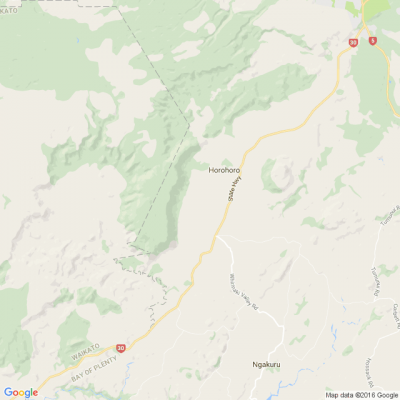
Know what’s happening
Access the private noticeboard for verified neighbours near you. Keep informed about any suspicious activity, send urgent updates to your neighbours when required and discuss emergency planning.
Get to know your neighbours
Browse the directory and start getting to know your neighbours. Don’t want to post to the whole neighbourhood? Send a private message.
Buy, sell and give away
Want to declutter your garage? Buy some used household items? Give away some garden stuff? Become a verified neighbour to browse and post items for sale. Trading is simple when everyone lives nearby.

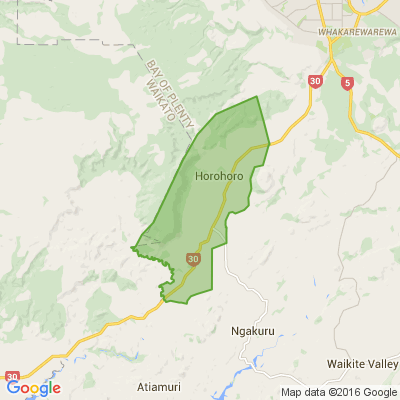
Bring out the best in the concrete you already have #resenetip
Rejuvenate or refresh the colour of concrete inside or out with Resene ConcreteWash, a wash of sheer colour that can help to warm up the look of concrete without the need to replace it.

Thank you for using Neighbourly
You may receive an email confirmation for any offer you selected. The associated companies will contact you directly to activate your requests.
Robert Anderson from Curtain Clean Rotorua
Knowing how to make rope was once a critical skill for survival and self-sufficiency on the frontier. Early settlers were able to make rope from a variety of materials, but the main thing they used was hemp.
A rapid growing plant, hemp is perfect for making rope. Hemp grows fast. It produces up … View moreKnowing how to make rope was once a critical skill for survival and self-sufficiency on the frontier. Early settlers were able to make rope from a variety of materials, but the main thing they used was hemp.
A rapid growing plant, hemp is perfect for making rope. Hemp grows fast. It produces up to 75 tons of dry matter per acre per year. It thrives in poor soil, needs no fertilizers or pesticides to succeed, and gobbles up atmospheric CO2, stymieing the greenhouse effect. It produces more fibre per pound than either cotton or flax, and these fibres are easily extracted in order to make hemp rope, twine, or cord.
Hemp rope is easy to make. Some methods involve using a rope machine, but fortunately such an investment isn’t necessary to the process. All you really need is some hemp fibre or hemp twine, and a short piece of wooden dowel. Our hemp rope maker, available in our shop, will really streamline the process for you if you plan on making lots of hemp rope.
Step one: Separate the hemp fibres or unwind the hemp yarn and cut into lengths approximately twice as long as the desired length of the rope. Continue cutting until you have a bundle of fibres approximately half the size of the diameter of rope you’d like to make.
Step two: Grab the bundle of fibres and fold it in half, securing the fold by placing a dowel rod through the resultant loop and into the ground. Smooth the fibres of this bundle down by running your hand along the length of the cord.
Step three: Divide the bundle in two, holding half the fibres in your left hand and half the fibres in your right.
Step four: Twist each bundle clockwise until the cord you are creating begins to kink and loop. Pull as hard as you can while twisting.
Step five: Twist the two cords together, wrapping one over the other in a counter clockwise motion, to form a rope.
Step six: Secure the ends with overhand knots beginning with the end in your hands. Once the first end is tightly tied, slip the rope off the dowel rod and tie it as well.
To make a cable, repeat steps 2 through 6 and twist the two ropes together. This process can be repeated as many times as you like, making thicker, stronger cables as you go.
Enjoy making your own hemp rope! This technique can be used to make hemp twine, hemp cord. and hemp yarn as well. It all depends on the size of the fibres you start with. Need some ideas for what to do with your newly made hemp rope? Try using a piece as a clothesline, for air-drying your clothes. Make a hemp leash for your pet, or keep your hemp twine petite for use in jewellery making.
Making rope is a great way to be self-sufficient and eliminate the supply chain requirement. Everything you can make yourself is one less packaged product– in this case, one less coil of synthetic rope– that needs to be manufactured for you. Have fun!
"We’d been trying to recruit a young person for a couple of years", says Stainless Machinings owner Brian Lawry. “We’d been in touch with local high schools to arrange work experience at our precision component business and liaised with many career advisors and even advertised at … View more"We’d been trying to recruit a young person for a couple of years", says Stainless Machinings owner Brian Lawry. “We’d been in touch with local high schools to arrange work experience at our precision component business and liaised with many career advisors and even advertised at Manukau Institute of Technology (MIT), but with no success.”
After years of searching for a new recruit for their business, Auckland engineering firm Stainless Machinings turned to Competenz’s free job matching service to find them an ideal candidate.
In the space of a few short months, school leaver Stuart Martin joined the company.
Read the full story at the link below.
If you are an employer looking for the right apprentice for your business, get in touch with us to make use of our free job matching service
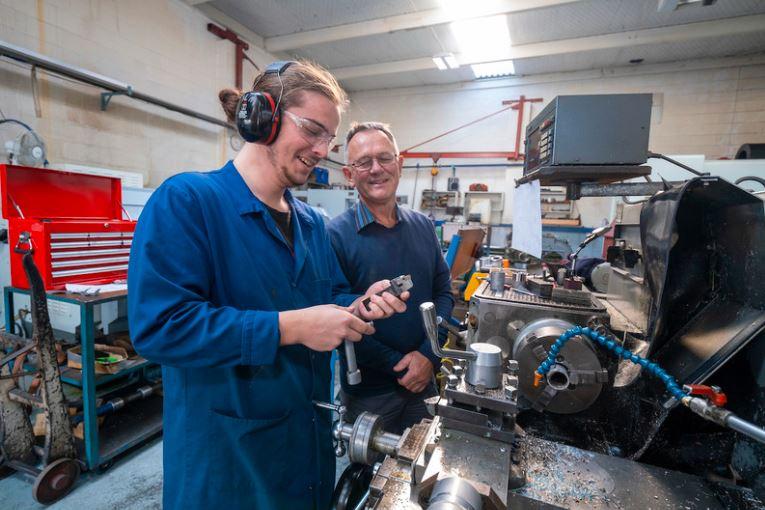
Angela Quigan Reporter from Stuff
Hi neighbours,
The Tokyo Olympics are about to kick off, and some of our country's best sports stars are set to represent New Zealand on the world stage.
The opening ceremony takes place on Friday (about 11pm NZ time), and the Games will run through until August 8.
Over the next … View moreHi neighbours,
The Tokyo Olympics are about to kick off, and some of our country's best sports stars are set to represent New Zealand on the world stage.
The opening ceremony takes place on Friday (about 11pm NZ time), and the Games will run through until August 8.
Over the next two-and-a-half weeks, some of the world’s best athletes competing in a range of sports will battle it out in Tokyo in the hopes of walking away with a medal.
So get your New Zealand flags and popcorn ready and sign up for our Tokyo Olympics newsletter to have all the highlights, talking points, medal tally and analysis delivered to your inbox every day. Click here.
We'll also be live blogging our Kiwi athletes' events every day of the Games. Just bookmark this page to stay up to date.
88 replies (Members only)
Low levels of digital literacy among staff is a challenge facing many manufacturing businesses, and strengthening those skills is not only essential to meet rapid technological changes in the workplace, it’s vital to increasing productivity.
“As technology progresses and we move further into… View moreLow levels of digital literacy among staff is a challenge facing many manufacturing businesses, and strengthening those skills is not only essential to meet rapid technological changes in the workplace, it’s vital to increasing productivity.
“As technology progresses and we move further into Industry 4.0, workers must be upskilled to keep pace with new systems and processes, especially older employees who are not digital natives, but who have invaluable experience in their fields,” says Competenz Sector Manager Jahn Vannisselroy
Competenz has developed a new micro-credential to meet the demands brought about by Industry 4.0.
Read the full article here

Hi there!
Here at Trade Me we're chuffed to let you know we’ve launched our Kindness Store again for winter, supporting KidsCan and the great work they do making sure our tamariki have a fair start – after all, little Kiwis can’t learn when they’re hungry, wet, and cold.
We’ve… View moreHi there!
Here at Trade Me we're chuffed to let you know we’ve launched our Kindness Store again for winter, supporting KidsCan and the great work they do making sure our tamariki have a fair start – after all, little Kiwis can’t learn when they’re hungry, wet, and cold.
We’ve stocked the store with all the essentials. Think fleece-lined rain coats and shoes to keep kids warm and dry, and warm, healthy food.
Just pick, click, and give now – we take care of the rest, making sure your purchase gets to KidsCan.
Learn more

Apply for a Defer-A-Bull purchase agreement today – a simple, cost effective solution when sourcing your dairy service bulls.
Secure your bull team early with no repayments until bulls are sold.
Find out more

Robert Anderson from Curtain Clean Rotorua
When it’s time to replace your curtains, most of us only worry about cost and style. But did you know this choice can make a massive difference to how warm and comfortable your home will be over winter? We tested which types were most effective at reducing heat loss in your home.
The … View moreWhen it’s time to replace your curtains, most of us only worry about cost and style. But did you know this choice can make a massive difference to how warm and comfortable your home will be over winter? We tested which types were most effective at reducing heat loss in your home.
The problem: If you have an insulated house, you can lose upwards of 45% of your heat through your windows. This drops to 30% in an uninsulated home, since it’s easier for heat to escape through the walls, ceiling and floors. This shows the importance of choosing wisely when it comes to your curtains or blinds; the right window coverings can save two-thirds of the heat lost through your windows.
Our test: We measured heat loss through an aluminium-framed single-glazed window fitted with different window coverings. The window was fitted to a mini-room inside our Thermal Comfort lab. The lab temperature was reduced to 4°C to simulate a chilly winter night, while an electric heater inside the mini-room beavered away to maintain a temperature of 20°C.
The different window coverings were tested for at least three hours and we measured the total power usage from the heater, along with the difference between indoor and outdoor temperature. These readings were then used to calculate how effective each window covering was at stopping heat escaping.
Reverse chimneys: Cool air is denser (heavier) than warm air. When it’s cold outside, the inside air close to a window pane is cooled and tends to sink. As this cooled air sinks, it gets replaced by warmer air from other of the room. This creates a circulating air current that cools the room parts.
Curtains that aren’t sealed at the top or bottom to stop these air currents can make the situation worse by forming a channel between the window and curtain. This allows cooled air to flow continuously and chill the room faster.
We tested two types of curtains, thermal and heavy lined, cut to both sill and floor length. The thermal curtains were in a single drop and had a plastic coating bonded to the fabric. You might have expected the thermal curtains would perform better, but the extra layer of fabric in the pricier heavy lined curtains made them better insulators. If you’re getting curtains fitted, opt for floor-length as they keep in heat better than ones that sit at the sill.
Which blinds are best?
We tested five types of blinds: honeycomb, roman, roller, and aluminium and wooden venetians.
Our blinds were installed within the window frame (with the exception of the romans), so there was no gap (like the one between the back of the curtain and the window frame) to allow a reverse chimney to form. Honeycomb blinds easily topped our testing for all window coverings. Air is a good insulator, as long as it’s not moving, and the honeycomb structure creates a large, still air gap between the cold window pane and the warm inside air.
Also, the honeycomb blinds fitted closer to the sides of the window frame than our other tested blinds, which also helped reduce heat loss.
While their public baths may have gone out of fashion, roman blinds are still going strong. Roman blinds were the best window covering after the honeycomb blinds and secondary double-glazing options. A roman blind’s good performance comes down to the close fit it has over the window frame. This good seal, along with a close fit to the wall at the top, helps retain heat.
Keep reading: www.curtainclean.co.nz...
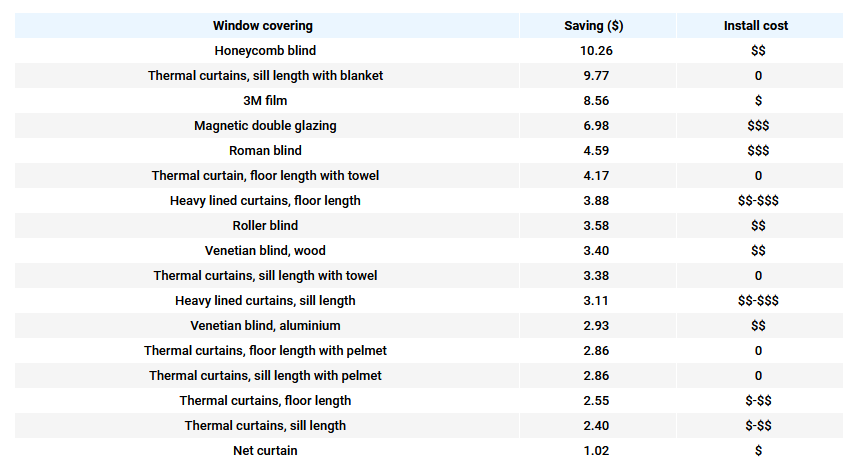
Mei Leng Wong Reporter from NZ Gardener & Get Growing
Dear neighbours,
Every month, NZ Gardener runs a series of tested reader recipes using a seasonal crop. We are now on the hunt for spinach recipes, so send your best ones to mailbox@nzgardener.co.nz before July 26, 2021.
Every published recipe wins a copy of our special edition Homegrown Recipes.
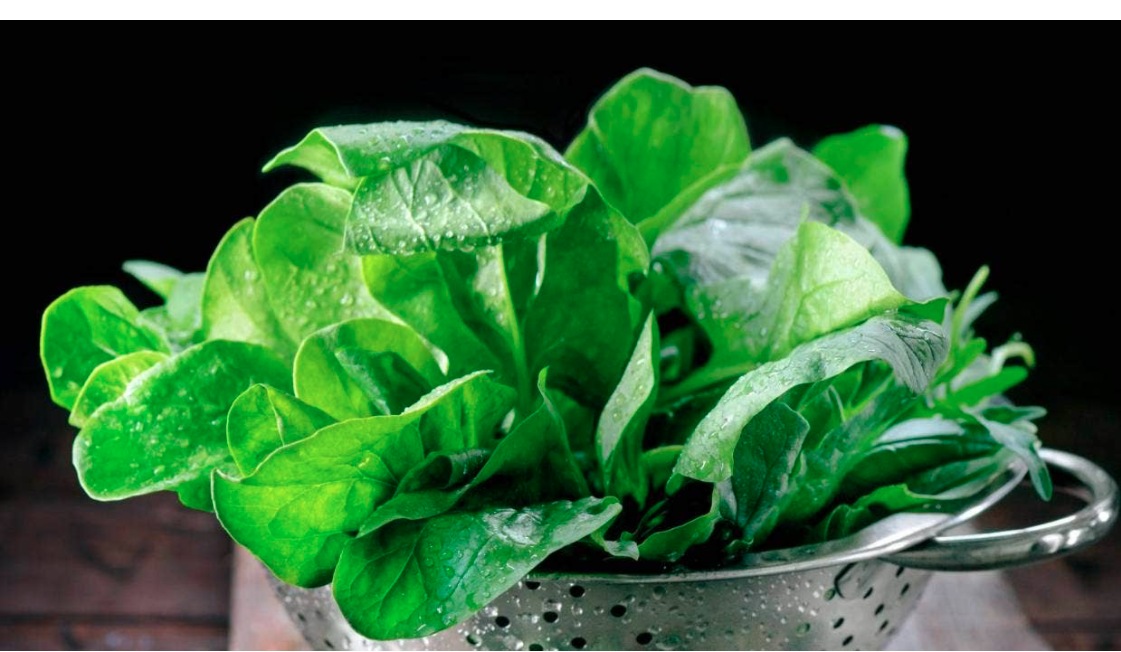
The Team from Resene ColorShop Rotorua
Give an old wooden crate a charming second life with Resene.
Find out how to create your own.
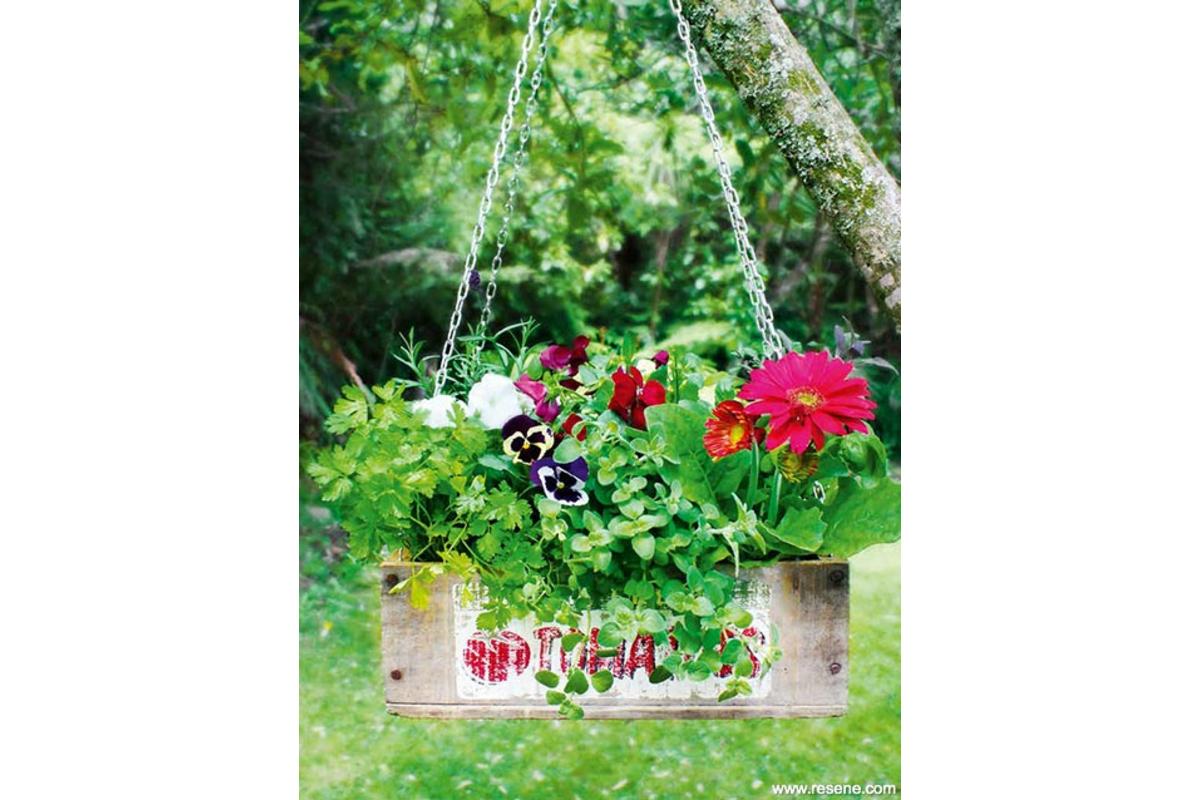
The Team from Graeme Dingle Foundation Rotorua
Make every payday, a giving pay day.
Do you know about our Payroll Giving option? For just $20 per month, you can support one student to attend Kiwi Can for a term.
Payroll Giving allows you to make donations directly from your pay and receive immediate tax credits via PAYE. Head to our website … View moreMake every payday, a giving pay day.
Do you know about our Payroll Giving option? For just $20 per month, you can support one student to attend Kiwi Can for a term.
Payroll Giving allows you to make donations directly from your pay and receive immediate tax credits via PAYE. Head to our website to find out more and sign up today.

Peter Williams reports a natural cream that supports his joints and helps to keep him active.
“When I get up in the morning, I want to know that my joints are healthy, flexible and ready for the day.”
“I recommend Koru FX cream by Koru Nutrition. It’s New Zealand made, natural, fast … View morePeter Williams reports a natural cream that supports his joints and helps to keep him active.
“When I get up in the morning, I want to know that my joints are healthy, flexible and ready for the day.”
“I recommend Koru FX cream by Koru Nutrition. It’s New Zealand made, natural, fast acting and long lasting. It has become NZ’s #1 fastest growing topical joint and muscle support cream and I can see why.”
“Ask for Koru Nutrition’s Koru FX cream next time you’re in the pharmacy and try it for yourself.”
Find out more

All most everyone in the world has heard of the game of chess, but what not everyone knows is that there is an entire day dedicated to the celebration of this wonderful pastime!
A game of strategy and wits, chess has long been considered to be the thinking game. From its early days in India to … View moreAll most everyone in the world has heard of the game of chess, but what not everyone knows is that there is an entire day dedicated to the celebration of this wonderful pastime!
A game of strategy and wits, chess has long been considered to be the thinking game. From its early days in India to everywhere in the world today, chess is a wonderful game to play anytime, anywhere and with almost anyone.

Robert Anderson from Curtain Clean Rotorua
If your child is a real movie lover, then here are some Movie Magic activities to keep them busy over the school holidays.
Think outside the box (excuse the pun!), and create some real movie magic in your own home. Here are a few indoor ideas to get you started.
At home movie theatre … View moreIf your child is a real movie lover, then here are some Movie Magic activities to keep them busy over the school holidays.
Think outside the box (excuse the pun!), and create some real movie magic in your own home. Here are a few indoor ideas to get you started.
At home movie theatre experience: It’s always nice to go out to the movies, but you can recreate that movie theatre feel at home, and turn an ordinary DVD, or streaming movie, into a real experience. Not only will your children have lots of fun, but with so many things to organise it will entertain them for a whole day or more.
Firstly choose a movie, and have your kids make a movie poster to advertise that it is ‘Coming Soon’ to your ‘at home’ theatre. Stick the poster to your lounge window, or if you’re really brave – to your letterbox.
Make invitations to attend the official premiere, and send them to your children’s friends with details of date, time and occasion. If you want, ask everyone to dress in fancy clothes so that the premiere can be extra special.
Set your lounge or theatre room up with rows of chairs, cushions or beanbags, and roll out a red carpet for your guests. If you don’t have a red rug, make a pathway with garden stakes up to your door, and tie on lots of red balloons. Make sure the curtains are closed, so the room is dark like a real theatre.
As your children’s guests arrive, greet them with a bag of sweet ‘n salty popcorn or a chocolate dipped ice-cream, and usher them to their seat with a torch. The premiere will be the talk of tinsel town!
Make your own movie: Think you might have a budding peter Jackson in the house? Have your children make their own movie with a video or sports camera, or even on your mobile phone. They can do the post-production editing using free phone apps, or there’s simple, free software you can download onto a desktop computer.
They will have to come up with a storyline first, and then spend time putting it together. You can even take them right through the process of drawing a movie storyboard and writing a short script. Of course there will also be the grand opening premiere at the end.
In some cities there are ‘movie making’ holiday programmes available, specifically using the computer. Start by asking your child’s school if they know of any movie making workshops, or check out your local computer shops. If all else fails, advertise at your local polytechnic, university or high school for a capable student who can help out. Give your child a few hours with an expert, and you’ll be amazed by what they come up with.
Hollywood ‘Walk of Fame’ paver: Nothing says Hollywood like a ‘Walk of Fame’ paver, and there are two ways to make one depending on the age and stage of your child. You can either buy a concrete paving stone and simply paint on their details, along with painted hand prints, or make a concrete paver right from scratch.
To make a mould, cut the bottom off a plastic bucket so you’re left with a dish approximately 5 cm deep. Mix up some quick set concrete and pour it into the dish. Using a stick (or the end of a paintbrush), draw on the Hollywood star and write your child’s details, then have them press their hands into the centre of the star.
Decorate the paver by pressing in pieces of coloured glass, tiles, old coins, marbles or shells. After 24 hours, or once the concrete is completely set, remove the paver from the mould and it’s ready to grace your ‘Walk of Fame’.
Keep reading: www.curtainclean.co.nz...

Are you or someone who know looking to start an apprenticeship? Check out our current job listings around the country!

Buy any red testpot from your local Resene owned ColorShop between 13-31 July 2021 and Resene will donate $1 to CureKids Red Nose Day!
The more red testpots you buy, the more will be donated! Offer applies to all retail purchases of Resene red testpots (excludes metallics and wood stains).
… View moreBuy any red testpot from your local Resene owned ColorShop between 13-31 July 2021 and Resene will donate $1 to CureKids Red Nose Day!
The more red testpots you buy, the more will be donated! Offer applies to all retail purchases of Resene red testpots (excludes metallics and wood stains).
Help us make a difference to the health of kiwi children.
Find your local Resene ColorShop
Find out more

 Loading…
Loading…
Are you sure? Deleting this message permanently removes it from the Neighbourly website.
 Loading…
Loading…
© Neighbourly 2025
